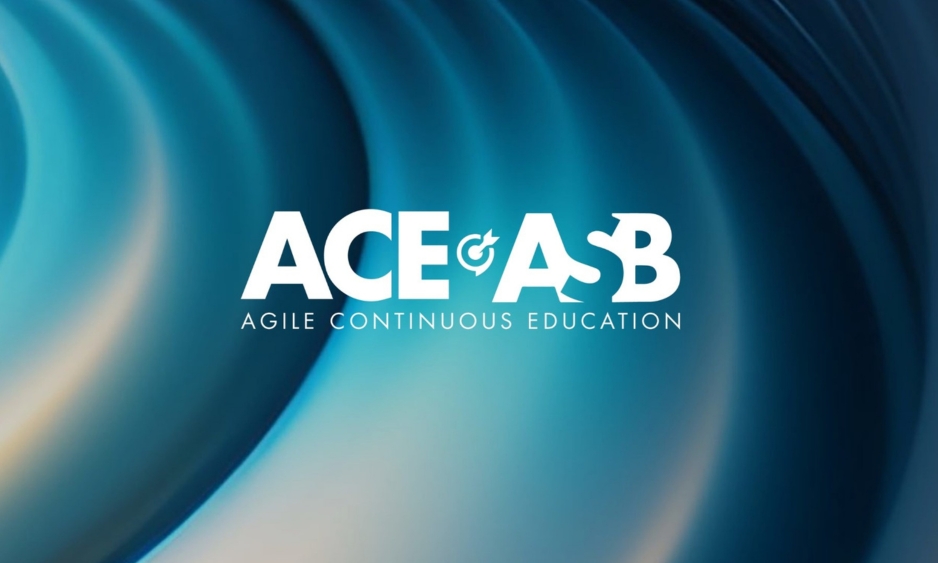Introduction
Whether you’re an aspiring entrepreneur or interested in landing your dream job, it takes most human beings approximately 7 seconds to look at your resume or CV and make a decision. This includes stakeholders, potential partners you may be interested in working with, or a recruiter looking at your resume out of a list of 100 job applicants. Applicant tracking systems (ATS) use even less time to reject resumes that don’t include keywords from the job description.
Yet, crafting your resume does not have to be a daunting task. There are tried and tested methods for resume writing that will give you a competitive edge. We spoke to the Career Development Office (CDO) at Asia School of Business (ASB) for advice on taking your resume to the next level and some common mistakes to avoid. Here are their 6 top tips:
1. Understand how to structure your resume
“The structure of your resume is the first thing that your recruiter or business connection will notice,” says Calvin Tan, Manager at the CDO. A typical MBA resume should not be more than one page-long with your work experience, education, and additional information such as awards or publications.
In the Asian market, a 2-page resume is generally acceptable as well, provided the content is well structured and articulated. “You may optionally include a summary of your professional profile at the beginning. There is no need to include all your completed online courses completed under Education, as you can reference these in your LinkedIn profile.”
2. Use the XYZ formula to craft your work experience
The XYZ formula, also highly encouraged by recruiters at Google, is great for showcasing your key achievements in a quantifiable way. It goes like this:
“Accomplished X as measured by Y by doing Z.”
X = What did you achieve? Y = How was it quantified (i.e., revenue, profits, scope, etc.)? And Z = What actions did you do to achieve X?
An example XYZ sentence would be:
“Increased quarterly sales by 17% via designing new conversion-focused Facebook ad imagery.”
It’s not just revenue or profits when considering metrics for Y. Calvin reminds us to consider other metrics such as:
- Scope: How many teams of people worked on this project? Did the project have a budget?
- Efficiency/Productivity: Were you able to cut costs or save money by a certain percentage? Did you reduce the number of hours a team or individual needed to spend on a task?
- Quantity: What amount of output did you produce? How many cold emails did you send per day? How does this compare to your colleagues or the average?
- Leveraging others: Can you find teams that leveraged your work to produce outcomes? (E.g., You designed collaterals for campaigns leveraged by the marketing team.)
3. Alternatively, use the CAR method to craft experience
The CAR method (Challenges, Actions, and Results) helps you highlight challenges in your past work experience, the actions you performed to overcome them, and the positive results that occurred when you met those challenges. All these elements need to be present, irrespective of the order.
“This method prevents you from wasting bullet points on mere job descriptions”, says Calvin. “Ideally, you should only spend 20% of each point describing the challenge, 60% focusing on actions, and 20% on the outcome,” adds Calvin.
4. Highlight transferable skills when changing industries
It is a myth that many jobseekers or entrepreneurs will stay in the same industry their entire careers. Transferable skills are key when migrating between industries. This is especially important in a fluctuating economic environment, as the pandemic has made evident. “Be strategic with how you tailor your content to prepare for any career pivot(s) you are making,” says Calvin.
“If you are pivoting into a different industry or role, build a case for your pivot – highlight transferable skills that are relevant to the role. You can also use relevant internship experience or add content under the Additional Info or Interest section.”
5. Maintain a database to tailor different versions of your resume
Every job description has customized requirements, and you need to tailor your resume accordingly. “Maintain a ‘library’ with tailored versions of your resume divided by industry, function, and/or location,” says Calvin. “It’s as easy as creating an Excel file for the database to keep track of your bullet points, so that the content is easily searchable. It also helps to incorporate categories such as skill set, category, and theme.
You can easily select bullet points from this database to tailor your resume for different industries or job roles and highlight significant points that help in crafting a cohesive and compelling story. For example, if you are applying for a Project Management position, you can utilize bullet points that showcases relevant competencies such as stakeholder management, organizational skills, communication, and resourcefulness.”
6. Proofread, proofread, proofread!
It is very easy to skip important details, especially if you’ve read your resume multiple times. Make sure your resume contains keywords from the job description. Include relevant work experiences that show proven success. Always use a spell checker and grammar tool and have multiple parties proofread it.
If your school has a VMock account, run your resume through the software. Your resume must be easy to read – avoid padding it with too much content. Provide context for any acronyms or jargon, so your reader can understand these. Resume writing is a useful cornerstone skill that will benefit your entire career, and we hope these tips on resume writing will help your resume go a long way!





